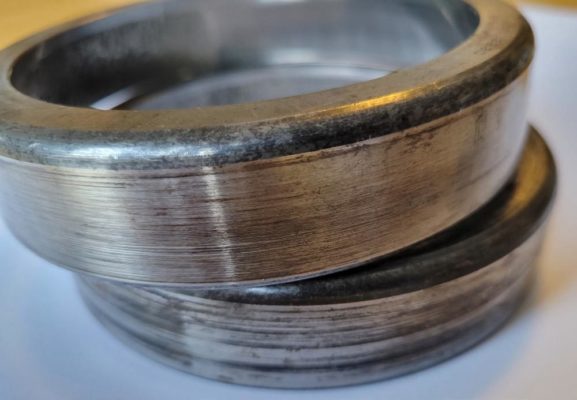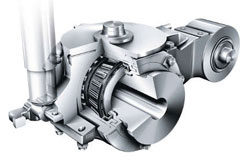Bearing Life
Freudenberg Examines Sealing Requirements for Heavy-Duty Equipment
PTE Bearing Basics and Innovations
Power Transmission Engineering Highlights Latest Bearing Technology
Read More
What's New in Belt and Chain Technology?
Bearing Basics and Beyond
Power Transmission Engineering (PTE) Has Your Bearing Education, Training, and New Developments Covered Every Issue
Read More







